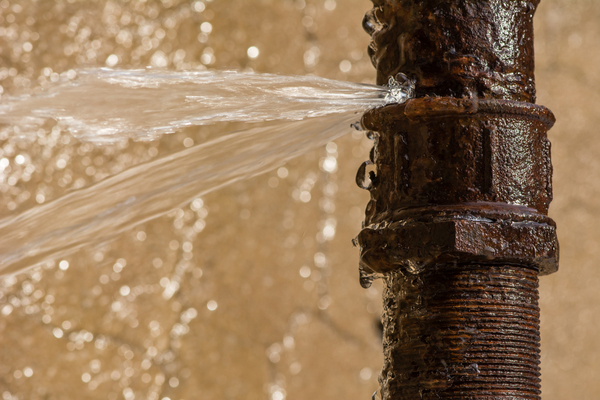 Water damage refers to a large number of possible losses resulting from water penetrating an area in which it will allow entry of harmful microbial processes or even destructive structural processes, for an instance of rotting of wood, mildew growth, mold growth, corrosion of metal, swelling of certain composite woods, etc. Most cases are not severe but can lead to serious structural damages, costly overhauls, reconstruction, and rebuilding of the affected areas. This kind of damage is quite common in residential and commercial premises, and therefore proper steps must be taken to minimize and prevent it from happening. Prevention of Water Damage is essential, particularly in offices, commercial buildings, warehouses, workshops, and other places often exposed to high levels of water in the building.
Water damage refers to a large number of possible losses resulting from water penetrating an area in which it will allow entry of harmful microbial processes or even destructive structural processes, for an instance of rotting of wood, mildew growth, mold growth, corrosion of metal, swelling of certain composite woods, etc. Most cases are not severe but can lead to serious structural damages, costly overhauls, reconstruction, and rebuilding of the affected areas. This kind of damage is quite common in residential and commercial premises, and therefore proper steps must be taken to minimize and prevent it from happening. Prevention of Water Damage is essential, particularly in offices, commercial buildings, warehouses, workshops, and other places often exposed to high levels of water in the building.
The chances of water damage occurring are higher during winter seasons as it is more likely to accumulate dirt, moisture and rust in the building. A simple example of water damage is when a water main bursts, for instance, when water gushes over the roof or through broken pipes. The water that lands on the floor has the tendency to spread over carpet or any other porous surface within the vicinity, thus causing mould growth or other damage that cannot be easily removed. Thus, it is important to conduct regular maintenance and restoration process for water damage, especially if the damage is of a large scale.
There are two broad categories under which the different types of water damage fall: private and public. Public water damage occurs as a result of damage caused by floodwaters or similar natural events, whereas private water damage is a result of leakages that have occurred in the premises. In cases of private water damage, the damaged property could be permanent. It may also include damage caused due to theft, vandalism, stormwater run-off, and burst pipes. In some instances, public agencies and organizations like the local fire brigade or the local government can carry out water mitigation projects that reduce the impact on the affected property or area.
Public institutions like schools and universities can be major victims of water damage if they suffer from a major natural disaster. The main reason behind this is the failure of building sprinkler systems, which are meant to prevent accumulated water from reaching classrooms, laboratories, or other such facilities. Ongoing maintenance and replacement of faulty sprinkler systems can effectively reduce the risks of flood damage in such locations.
Private organizations and homeowners may also hire contractors to carry out the water mitigation and restoration process on their behalf. A general contractor specializing in water mitigation and restoration process can identify the areas most at risk in terms of flooding. Based on the required design, they can carry out a water mitigation project on the basis of the type of flood detected. This will help them assess the degree of threat posed by future water damage.
Once the assessment is done, they can start the restoration services. Water damage can cause major health risks if the affected area is not properly restored. A professional restoration service provider can carry out air purification process to get rid of any mold or mildew. They may also apply antimicrobial chemicals to prevent infection from occurring.
In addition, they can carry out mold removal, or mildew removal depending on the level of damage caused to the structure. They can also carry out disinfection of affected areas if the contaminated area shows signs of mold or mildew. For complete mold removal and restoration, the team should include a high-tech dehumidifier to eliminate the moisture levels in the damaged building. This will ensure that mold and mildew cannot grow in the damaged space.
After completing all the necessary repairs, a water damage restoration service provider can also help you in the process of eliminating the mold growth. In fact, they can even make the space livable for your family again. If a burst pipe or plumbing issue is responsible for the flooding, they can repair or replace the affected pipes. They can also make arrangements for increased water flow through the area to facilitate the drying up of the contaminated area. Once the space has been completely cleaned and dried, a sanitary drying unit can be used to maintain the cleanliness of the space.

